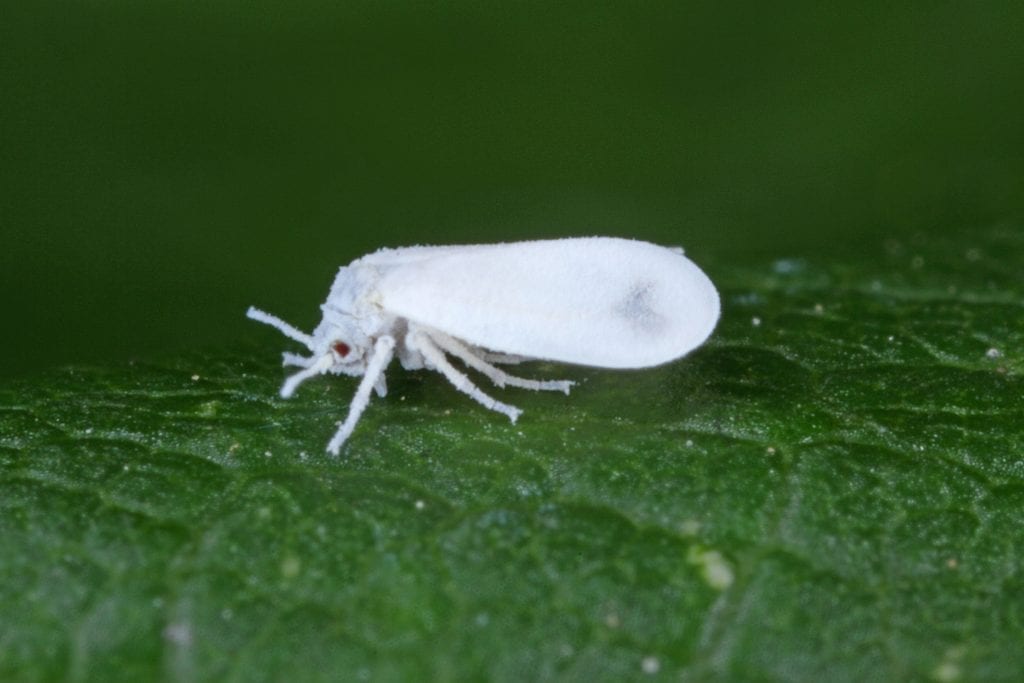By Clint Thompson
Early season insecticide applications to manage whiteflies are key for Florida cucurbit growers hoping to manage this annual pest.

Jawwad Qureshi, an entomologist at the University of Florida Institute of Food and Agricultural Sciences, discussed the importance of not delaying treatments at the Citrus and Specialty Crop Expo. It could have disastrous results.

“These are an important pest. We see them in both seasons, during the spring and fall. Monitoring is the key,” Qureshi said. “If you can spray early in the season then the pressure is lower than if you miss early applications. Especially if it is a warmer season then it will be a total devastation if they don’t have a good handle. It is critical to monitor and to start early in the season and get some of those early materials into those plants.”
Whiteflies are an annual pest that Southeast producers encounter every season. They threaten crops mostly with the viruses they can vector. Cucurbit crops are most at risk.
When whiteflies feed on plants, they can cause irregular ripening of the fruit or secrete honeydew, which can lead to the growth of sooty mold. However, the viruses that whiteflies transmit, like cucurbit leaf crumple virus and tomato yellow leaf curl virus, are the most devastating. These viruses cause severe symptoms on infected plants: yellowing of leaves, leaf crumpling, plant stunting and overall plant decline.
He emphasized to growers that soil-applied programs using drench and drip methods integrated with sprays provided improved control of whiteflies than spray alone programs.
“The whole point is that you get the material around the plant surface where it can pick up in the early stage and get more into the plant system so we can affect these pest populations,” Qureshi said.
Farmers should also implement newer insecticides that are now available. These are useful in reducing populations and the potential for resistance to older chemistries.









